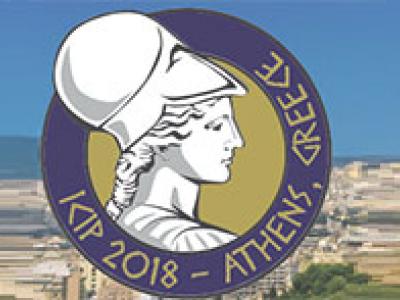
- Read more about DEEP IMAGE COMPRESSION WITH ITERATIVE NON-UNIFORM QUANTIZATION
- Log in to post comments
- Categories:
 38 Views
38 Views
This paper presents three fully convolutional neural network architectures which perform change detection using a pair of coregistered images. Most notably, we propose two Siamese extensions of fully convolutional networks which use heuristics about the current problem to achieve the best results in our tests on two open change detection datasets, using both RGB and multispectral images. We show that our system is able to learn from scratch using annotated change detection images.
- Categories:
 72 Views
72 Views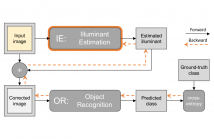
In this paper we present a deep learning method to estimate the illuminant of an image. Our model is not trained with illuminant annotations, but with the objective of improving performance on an auxiliary task such as object recognition. To the best of our knowledge, this is the first example of a deep learning architecture for illuminant estimation that is trained without ground truth illuminants. We evaluate our solution on standard datasets for color constancy, and compare it with state of the art methods.
- Categories:
 6 Views
6 Views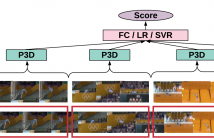
- Read more about S3D: Stacking Segmental P3D for Action Quality Assessment
- 1 comment
- Log in to post comments
Action quality assessment is crucial in areas of sports, surgery and assembly line where action skills can be evaluated. In this paper, we propose the Segment-based P3D-fused network S3D built-upon ED-TCN and push the performance on the UNLV-Dive dataset by a significant margin. We verify that segment-aware training performs better than full-video training which turns out to focus on the water spray. We show that temporal segmentation can be embedded with few efforts.
- Categories:
 101 Views
101 Views
- Read more about Co-occurrence Matrix Analysis Based Semi-Supervised Training for Object Detection
- Log in to post comments
One of the most important factors in training object recognition networks using convolutional neural networks (CNN) is the provision of annotated data accompanying human judgment. Particularly, in object detection or semantic segmentation, the annotation process requires considerable human effort. In this paper, we propose a semi-supervised learning (SSL)-based training methodology for object detection, which makes use of automatic labeling of un-annotated data by applying a network previously trained from an annotated dataset.
- Categories:
 15 Views
15 Views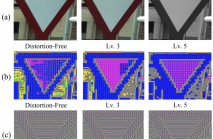
In this paper, we generate and control semantically interpretable filters that are directly learned from natural images in an unsupervised fashion. Each semantic filter learns a visually interpretable local structure in conjunction with other filters. The significance of learning these interpretable filter sets is demonstrated on two contrasting applications. The first application is image recognition under progressive decolorization, in which recognition algorithms should be color-insensitive to achieve a robust performance.
- Categories:
 13 Views
13 Views
- Read more about TS-Net: Combining Modality Specific and Common Features for Multimodal Patch Matching
- Log in to post comments
- Categories:
 7 Views
7 Views
- Read more about WET-DRY CLASSIFICATION USING LSTM AND COMMERCIALMICROWAVE LINKS
- Log in to post comments
The task of rain detection, or wet-dry classification
using measurements from commercial microwave links (CMLs)
is a subject that been studied in depth. However, these studies
are based on direct measurement of the signal level, which
is known to be attenuated by rain. In this paper we present,
for the first time an empirical study on rain classification using
records of transmissions errors in the CMLs. Based on a dataset
of measurements taken from operational cellular backhaul
networks and meteorological measurements, and using long
- Categories:
 35 Views
35 Views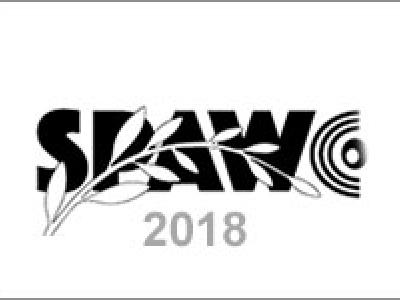
- Read more about Learning-Based Antenna Selection for Multicasting
- Log in to post comments
In multi-antenna systems, it is preferred to activate only a subset of the available transmit antennas in order to save hardware and energy resources, without seriously degrading the system performance. However, antenna selection often poses very hard optimization problems. Joint multicast beamforming and antenna selection is one particular example, which is often approached by Semi-Definite Relaxation (SDR) type approximations. The drawback is that SDR lifts the problem to a much higher dimension, leading to considerably high memory and computational complexities.
- Categories:
 39 Views
39 Views
- Read more about Time Series Prediction via Recurrent Neural Networks with the Information Bottleneck Principle
- Log in to post comments
- Categories:
 87 Views
87 Views